Rule changes made 2023 the year that re-energized baseball
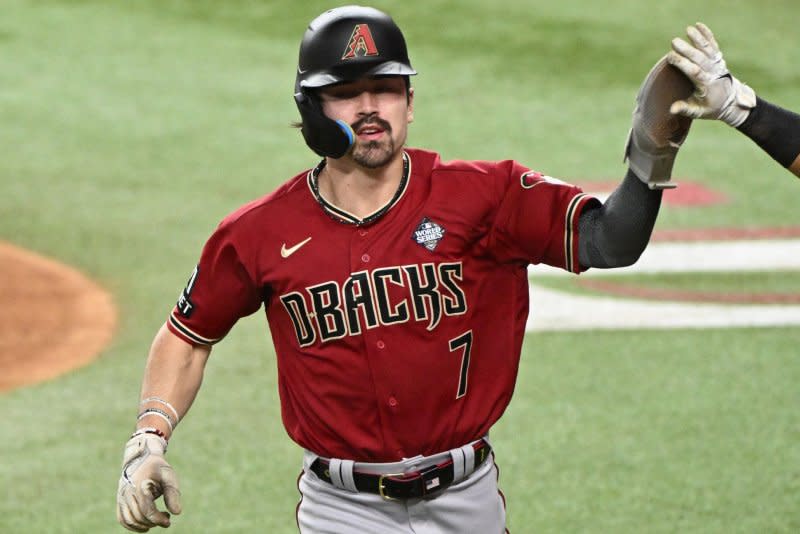
MIAMI, Dec. 14 (UPI) -- Major League Baseball's reluctance to alter its traditional game gave way this year to subtle playing changes. And those minor fixes injected major electricity into ballparks, arguably making 2023 the year that re-energized baseball.
Seasons of testing the innovations -- pitching and hitting clocks, bigger bases, defensive shift restrictions -- in the minor leagues led to their infusion into MLB.
The results were more than encouraging -- they were exciting and led to shorter and higher-scoring games, more base stealing, and fewer lulls in the action.
"Baseball has always been wary and conservative and will change its rules only in the face of imminent desperation," MLB historian John Thorn told UPI. "When league batting averages dip below .250, that will tend to diminish fan interest, attendance and TV viewership."
And that is exactly what happened.
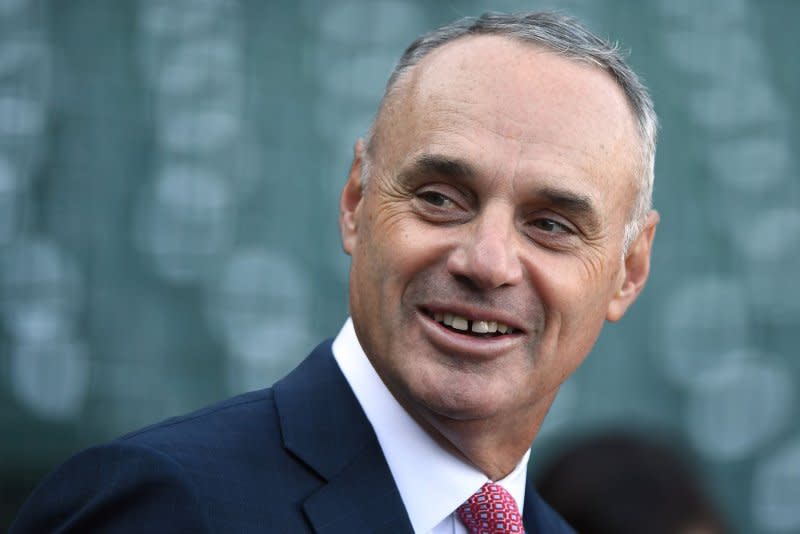
"Baseball fans like offense. They may appreciate defense, and traditionalists may say that they like nothing better than a 1-0 game that goes 12 innings, but fans tend to like the 9-8 games," Thorn said.
The league reported that paid attendance in 2023 reached the 70 million mark for the first time since 2017. The average attendance per game (29,295) was up 9.1% -- the biggest year-over-year jump in 30 years.
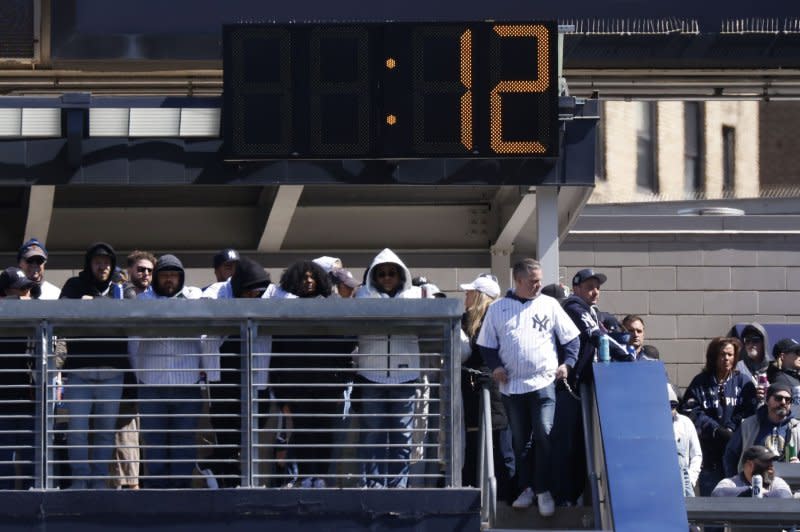
"We think it restored baseball closer to its best form, with more action and less dead time," MLB commissioner Rob Manfred said on an October ESPN broadcast.
Before the 2023 season, MLB researchers found that fans wanted shorter games, with more action like extra-base hits, steals and stellar defensive plays.
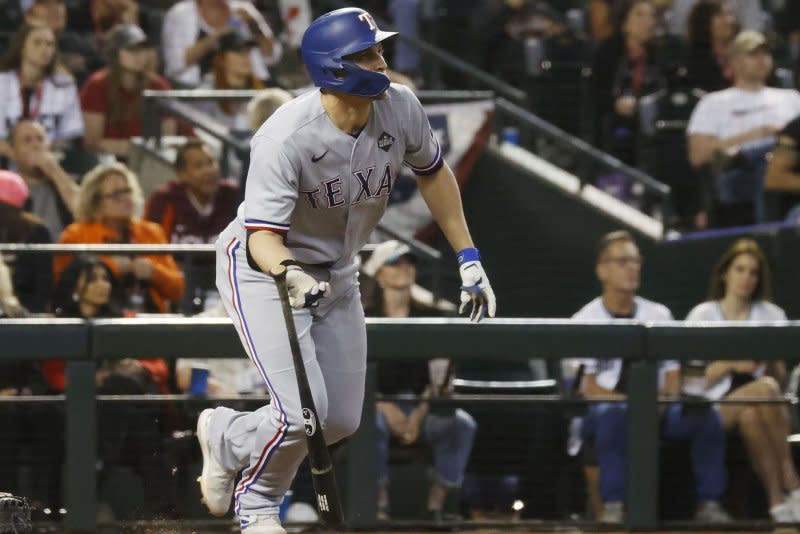
"We did fundamental research with our fans," Manfred said. "We think the changes were well-received because we listened to them and tried to give them the kind of game they wanted to see."
Those changes -- and related rule modifications -- aren't the first time baseball has had a reawakening. In 1901, the National League also adopted a mandate to limit pitchers to the same 20 seconds between throws to the plate, when baserunners were on base and 12 seconds when bases were vacant.
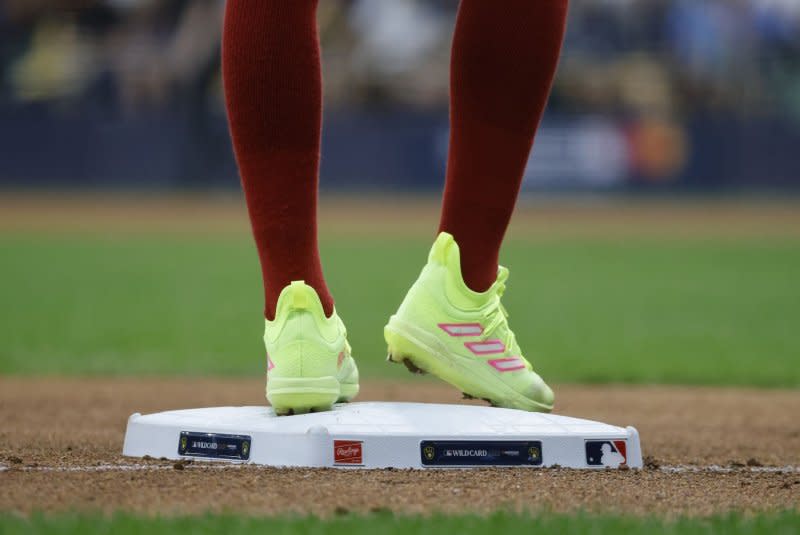
Thorn said the previous efforts to time-limit the pitchers -- which appeared in rule books again in 1902, 1955 and 1957 -- faded mostly because of a lack of enforcement.
Enforcement this year, with the help of clocks located inside all MLB stadiums, led to 24 minutes trimmed off the average game length compared to 2022, and 30 minutes compared to 2021.
Players at first struggled to avoid penalties -- automatic balls for pitchers and strikes for hitters who wasted time -- as they adjusted to the rules in spring training. Weekly violations steadily declined and reached a season low by the end of the year.
The rule changes also theoretically gave an advantage to teams who were proficient at stealing bases and took a get-on-base approach instead of relying on home runs. Diamondbacks CEO Derrick Hall told NBC News that the changes meshed well with his roster's abilities.
"We do have players who are young, speedy and athletic, and they have a different style of play," Hall said. "You just have to adjust accordingly to the roster that you have.
"We just happen to have players who work well in this style of play, and we're taking advantage of the newer rules, stealing more, going first to third."
MLB hitters combined to hit .243 in 2022, the lowest mark since 1968, when they batted a combined .237.
They hit .248 in 2023. A rate increase in batting average for balls in play -- from .290 in 2022 to .297 in 2023 -- served as more evidence that the rule changes boosted hit metrics.
The Texas Rangers and Diamondbacks -- who met in the World Series -- were among the teams to benefit most from the competitive adjustments. Both ranked inside the Top 5 among the teams that improved their batting averages most from 2022 to 2023.
The Rangers hit .263, up from .239 in 2022. That improvement was the second-best in baseball, trailing only the Miami Marlins. Miami, led by batting champion Luis Arraez (.354), improved its average to .259 from .230.
The Diamondbacks' average jumped to .250 from .230. They also ranked second in MLB with 166 steals, trailing only the Cincinnati Reds (190). Rookie left fielder Corbin Carroll ranked third in the league with stolen bases. He was caught just five times.
"They really embraced the kind of play that the rule changes encourage," Manfred told reporters in October when asked about the Diamondbacks.
The rule changes, paired with small-ball strategy -- timely hitting and stolen bases -- boosted success for teams that once struggled to compete with those with the wealthiest rosters.
Eight of the teams ranked inside the Top 10 for batting average increase ranked outside the Top 10 in opening day payroll. Six of those teams were among the stingiest spenders, ranking inside the bottom 10 in payroll.
More rule modifications may be on deck, triggering new forward thinking for the game long lauded as America's pastime.
A league source said MLB is considering a proposal that would decrease the pitch clock to 18 seconds from 20 with runners on base. The league, through its competition committee, also is considering reducing allowed mound visits to four from five per game.
Another proposed change would require pitchers to throw from the stretch -- with a foot parallel to the pitching rubber and facing third or first base -- while runners are on base, instead of from a more stationary windup.
Manfred said he expects to see the Automatic Balls and Strikes System -- an electronic strike zone -- implemented at some point in MLB. The system was tested in 2023 in Triple-A and used previously in other levels of Minor League Baseball.

